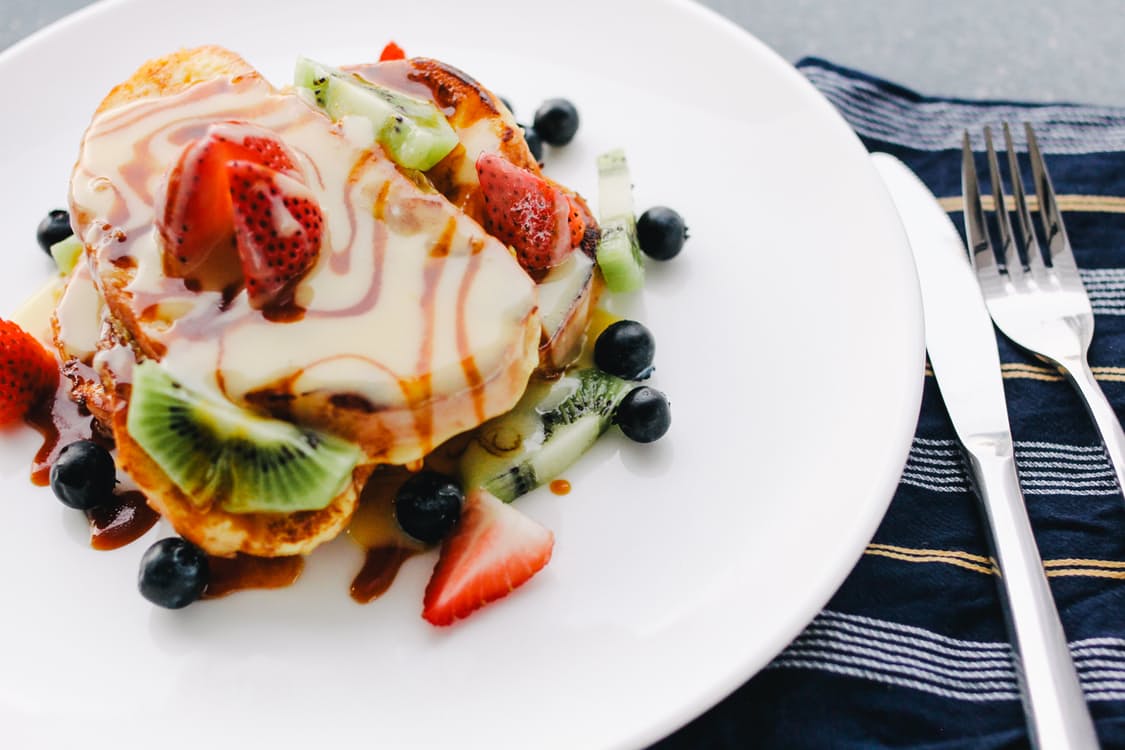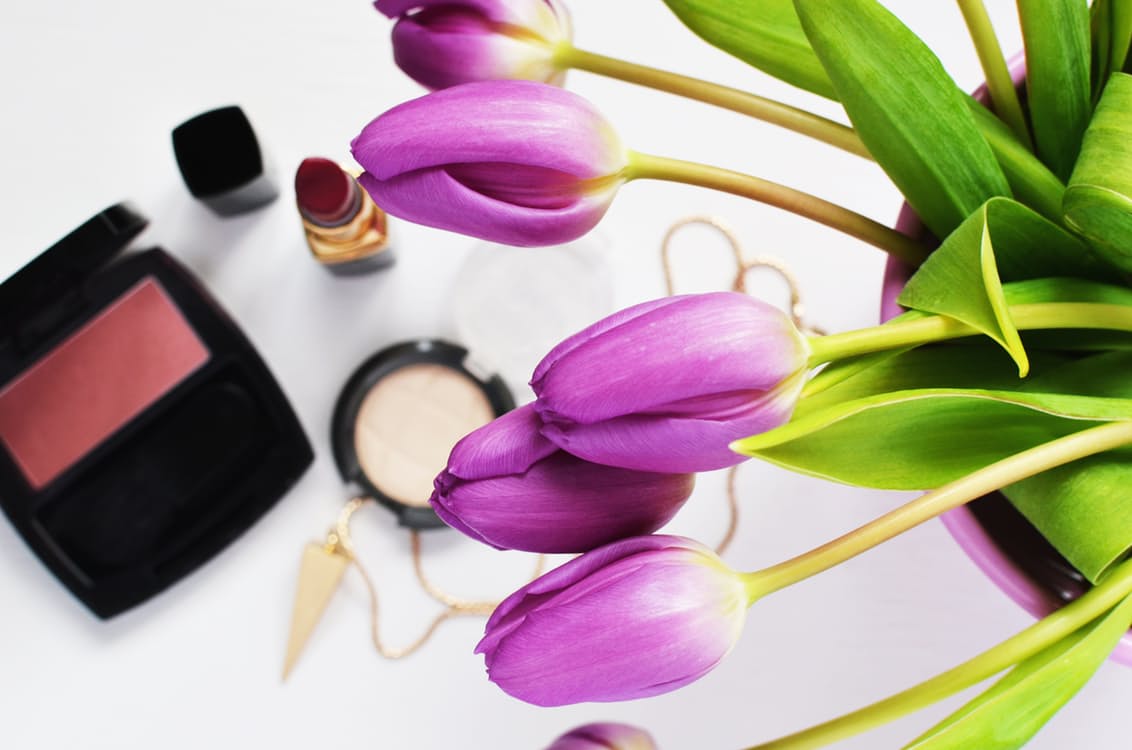
Avoiding animal products should be easy (one would think) because, in the US, all food and beauty products are required to list all of their ingredients on their labels. That’s pretty amazing because it makes products and their composition more transparent to consumers, which enables all of us to make more empowered choices when it comes to what we put in and on our bodies.
On the other hand, how often have you read a label and asked yourself: what does that even mean? I must admit, especially since I began cooking and caring more about ingredients, I have found myself confused, over and over again. I quickly realized that a big part of being and informed consumer is doing my homework and that means: tons of research. If you are trying to avoid ingredients of animal origin, you have to do your research because, unfortunately, we don’t learn in school how to read food or beauty product labels.
Because I deeply care about sharing my knowledge and making it as easy as possible for other people to go vegan, I put together a quick list with a couple major non-vegan ingredients that you can regularly find lurking in food and beauty products. Although these can be quite common, there are vegan alternatives for all of them, so there is no need to give up any foods or beauty products for good.
Food:
1. Isinglass is a big one. You might actually never have heard of this, but it’s code for a type of collagen made out of dried swim bladders from fish. It’s used to clarify beer and wine and works as a filter for non-cask beers. Another animal-based ingredient that is often used for this purpose is egg whites. Vegan-friendly clarification methods exist, too, however. Irish moss (algae) can be used to achieve the same goal. And the good news is that Guinness announced in 2015 that they would not use this traditional method (isinglass) anymore and make all of their beers vegan-friendly. By the way, www.barnivore.com is a wonderful resource if you are looking to check if your beverage is vegan-friendly.
2. Another commonly used non-vegan ingredient is gelatin. Most people seem to know that gelatin is of animal origin. Gelatin is extracted from animal bones, skin, and connective tissues (mainly from cattle, pigs, and fish) by boiling them(!). It functions as a gelling agent, which can make food thicker while stabilizing its texture. Gelatin is often found in candy, jelly, and marshmallows as well as yogurt and ice cream. A great vegan alternative to gelatin is agar agar, which is another type of algae.
3. Albumen is another word for egg whites and can be a hidden non-vegan ingredient as most people do not know this term for the clear egg liquid. Albumen is often found in desserts such as mousses, meringues, cookies, and even protein powders. It’s used to stabilize textures or to create a froth effect in certain foods. In addition, albumen can be used in vaccines.
Beauty products:
For the longest time, I didn’t really think about the fact that a lot of my beauty products–creams, makeup, and nail polishes–might also hide non-vegan ingredients. The truth is, a lot of the big brands out there have been using non-vegan ingredients for decades since they tend to be cheap and widely available.
4. Carmine is a common non-vegan ingredient that is often found in lipsticks, blush, and even nail polish. It’s also used as a dye to clothes. Carmine is made out of scale insects and has been proven to cause allergic reactions (contact dermatitis isn’t so pretty). Luckily, there are many plant-based alternatives, such as certain roots as well as beet juice–of which Shailene Woodley is a fan!

5. Another common ingredient that you should look out for if you are trying to avoid animal ingredients is keratin. Keratin is mostly found in shampoos and conditioners. It’s made out of ground-up hooves, horns, and feathers from different types of animals and is supposed to strengthen human hair. Look for almond- or soy oil-fortified shampoos if you are looking for vegan options.
6. Guanine or pearl essence is another ingredient to look out for. It’s made out of fish scales and mainly used in nail polish, particularly to give it a shiny look. There are synthetic alternatives to this, or manufacturers can use gold/bronze extract as well.
The safest way to avoid animal ingredients, both in foods and beauty products, is to look out for vegan labels such as the certified vegan label. The leaping bunny label, as well as any “cruelty-free” labels, only mean that the company is not using animal testing or any animal-tested ingredients, however. This doesn’t mean the product is necessarily vegan.
Are there any other hidden non-vegan ingredients we should add to the list?
Also by Isabelle: 3 Advantages Of Being Vegan That You Don’t Get From Just Being Vegetarian
Related: Mystery Ingredients Hiding in Vegan Processed Foods
Girl Crush & Vegan Chef Chloe Coscarelli Shares Her Healthy Vegan Swaps
Get more like this–sign up for our newsletter for exclusive inspirational content!
__
Photo: Pexels




